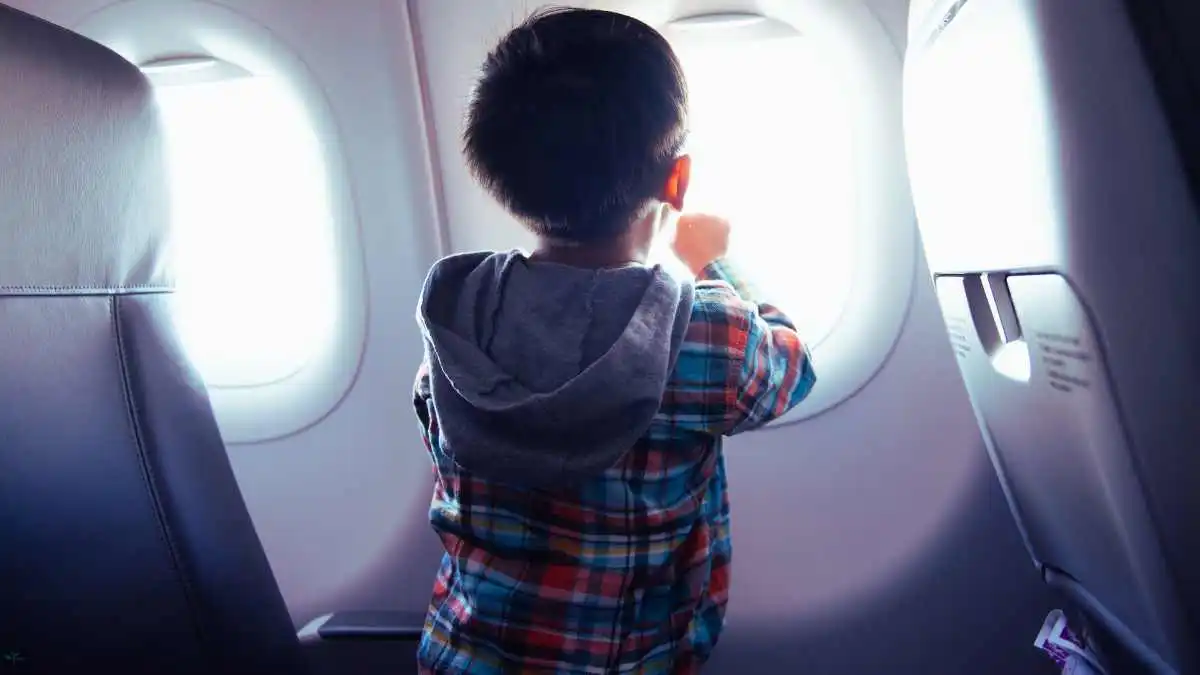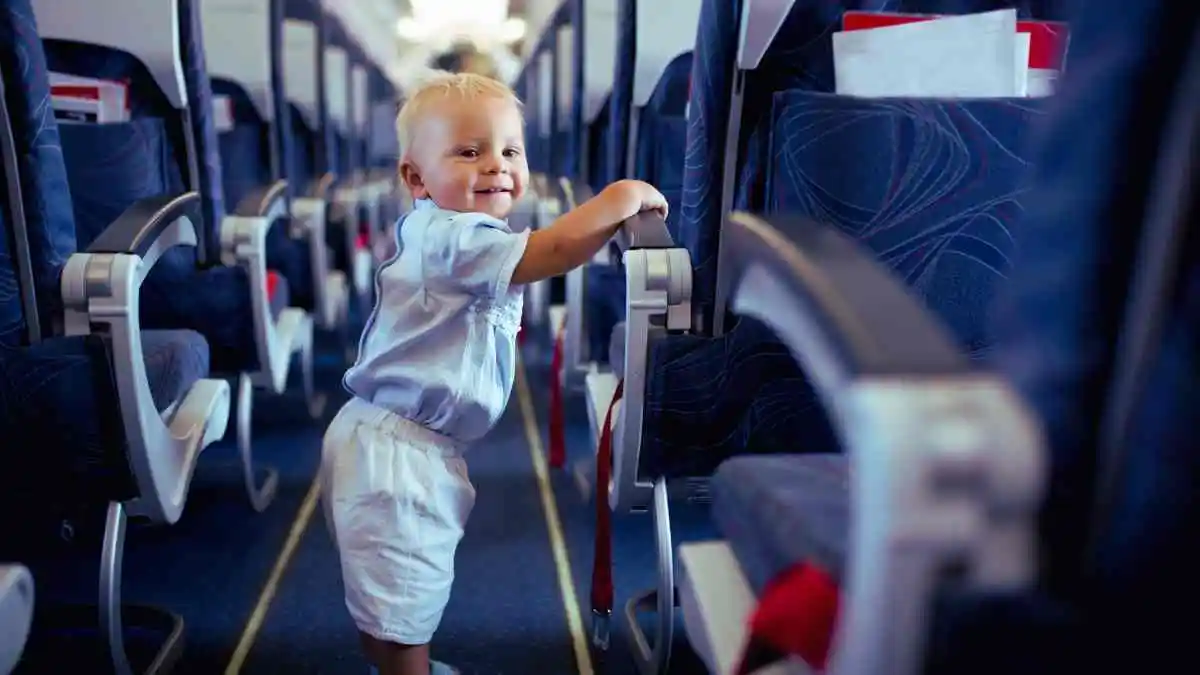Flying with children can be both exciting and challenging. Whether you’re heading to a family vacation in the Caribbean, a cultural trip to Europe, or a domestic getaway, understanding the rules and best practices for flying with kids is essential.
This guide provides a detailed overview of What Are The Rules For Flying With A Child to ensure a smooth and safe journey for their little ones.

What Are The Rules For Flying With A Child:
1. Age-Based Ticketing and Seating
-
Infants (Under 2 Years): Many airlines allow infants to fly for free if they sit on an adult’s lap. However, the Federal Aviation Administration (FAA) strongly recommends that infants have their own seat and use an approved child safety seat for enhanced safety Condé Nast Traveler.
-
Children (2–12 Years): Children in this age group typically require their own seat. Airlines often offer child fares, but these may not always be discounted.
-
Unaccompanied Minors: Children traveling alone must adhere to specific airline policies. For instance, American Airlines allows children aged 5–14 to travel alone with their unaccompanied minor service American Airlines.
2. Documentation Requirements
-
Domestic Flights: While not always mandatory, carrying a copy of your child’s birth certificate can be helpful for age verification.
-
International Flights: A valid passport is required for all international travel. Some countries may also require a visa or additional documentation for minors.
3. Child Restraint Systems (CRS)
-
FAA-Approved Car Seats: If you choose to use a car seat on the plane, ensure it is FAA-approved. The seat should have a label stating, “This restraint is certified for use in motor vehicles and aircraft.”
-
CARES Harness: The CARES Child Safety Device is an alternative to traditional car seats for children between 22 and 44 pounds. It is FAA-approved and provides a secure way to restrain your child during the flight Federal Aviation Administration.
Packing Essentials for Traveling with Children:
-
Snacks and Drinks: Pack a variety of snacks to keep your child satisfied. Be mindful of liquid restrictions and carry an empty water bottle to fill after security.
-
Entertainment: Bring books, coloring materials, or electronic devices with headphones to keep your child entertained.
-
Comfort Items: A favorite blanket or stuffed animal can provide comfort and help your child feel secure.
-
Health and Hygiene: Carry necessary medications, hand sanitizers, and disinfecting wipes.
Airline Policies and Family-Friendly Services:
1. Family Boarding
Many airlines offer family boarding, allowing families with young children to board before general passengers. This provides extra time to settle in and store belongings.
2. Stroller and Car Seat Policies
-
Gate Checking: Most airlines allow you to gate-check strollers and car seats at no additional cost. Ensure these items are tagged appropriately.
-
Onboard Use: Some airlines permit the use of car seats onboard if a separate seat is purchased. Always check with the airline for specific policies.
3. Unaccompanied Minor Services
Airlines provide special services for children traveling alone. These services include dedicated staff to escort the child through the airport and ensure they are safely handed over to the designated guardian at the destination Delta Airlines.
Tips for a Stress-Free Flight with Children:
-
Choose Optimal Flight Times: Scheduling flights during your child’s nap time can increase the chances of a peaceful journey.
-
Prepare for Security: Explain the security process to your child beforehand to reduce anxiety.
-
Dress Comfortably: Opt for comfortable clothing and shoes that are easy to remove during security checks.
-
Stay Calm and Patient: Children can pick up on their parents’ emotions. Remaining calm can help soothe your child.
Recommended: 10 Caribbean All-Inclusive Family Resorts
Special Considerations for International Travel:
-
Vaccinations: Check if any vaccinations are required for entry into the destination country.
-
Cultural Norms: Research any cultural norms or expectations regarding children in the destination country.
-
Time Zone Adjustments: Gradually adjust your child’s sleep schedule before departure to minimize jet lag.
Common Questions:
1. Can my child sit on my lap during the flight?
While children under 2 years old can fly as lap children, the FAA recommends using an approved child safety seat for enhanced safety Condé Nast Traveler.
2. What if my child needs medication during the flight?
Carry necessary medications in their original packaging. It’s advisable to have a doctor’s note for any prescription medications.
3. Are there any discounts for children?
Some airlines offer child fares, but these may not always be discounted. It’s best to check with the airline directly.
4. What should I do if my child is traveling alone?
Ensure the airline’s unaccompanied minor service is booked. Provide the airline with all necessary documentation and contact information.
Note: Traveling with children requires careful planning and understanding of airline policies. By preparing in advance and staying informed, you can ensure a safe and enjoyable journey for your family. Always check with your airline for specific rules and services related to traveling with children.
Additional Resources:
Note: Always verify the latest travel regulations and airline policies before your journey, as rules may change.

